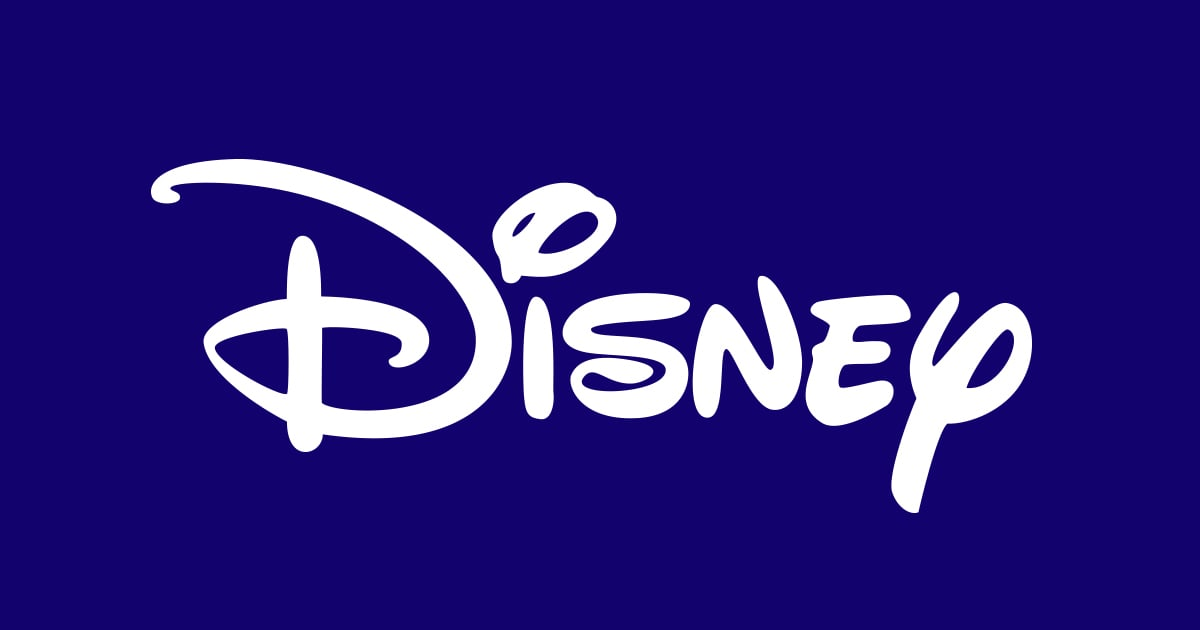Disney's Streaming Revolution: A New Era of Profitability
November 16, 2024, 10:58 pm

Location: United States, California, Burbank
Employees: 10001+
Founded date: 1923
Disney is on a roll. The entertainment giant has turned the tide in its streaming business, aiming for a staggering $1 billion in profit for the upcoming fiscal year. This is a bold statement in a landscape dominated by Netflix, which has long been the gold standard for streaming success. Disney's recent financial results reveal a remarkable transformation.
In the last quarter, Disney's direct-to-consumer division, which includes Disney+, Hulu, and ESPN+, reported a profit of $321 million. This marks the second consecutive quarter of profitability for this segment. In a world where traditional media companies are struggling, Disney has found its footing. The company’s streaming revenue has now eclipsed the combined sales from theatrical films and conventional TV.
This shift is not just a fluke. Disney has been strategically maneuvering to capitalize on the streaming boom. The company faced significant losses—$2.5 billion in fiscal 2023—but it has emerged from the shadows. Analysts are taking notice. They see Disney as a company that is “all in” on streaming, ready to navigate the digital future while mitigating the woes of traditional television.
The road to profitability has been paved with price increases, enhanced advertising sales, and a crackdown on password sharing. Disney is not just playing catch-up; it’s setting the pace. The company has also made cuts in film and television production, streamlining its operations to boost profit margins.
Disney's chief financial officer has painted a rosy picture of the future. The launch of a new sports streaming service, informally dubbed ESPN Flagship, is on the horizon. This move is expected to further enhance Disney's streaming portfolio. To bolster its technology, Disney has brought in a former YouTube executive as chief technology officer. This is a clear signal that Disney is serious about engaging its audience and improving its streaming infrastructure.
Bob Iger, Disney's CEO, has been instrumental in this turnaround. He has outlined a clear path to profitability since returning to the helm in late 2022. His vision includes a focus on the ad-supported tiers of Disney+ and Hulu, which have attracted a significant portion of subscribers. About 37% of Disney's streaming subscriptions in the U.S. are on the ad-supported tier, showcasing a shift in consumer behavior.
However, not all legacy media companies are enjoying the same success. While Disney, Warner Bros. Discovery, and Paramount Global have reported profits, others like NBCUniversal's Peacock are still in the red. Peacock lost $436 million in the third quarter alone. This highlights the uneven playing field in the streaming arena.
Despite the positive momentum, Disney's journey is not without challenges. The company has lost over $11 billion since launching Disney+ in 2019. While profitability is on the horizon, Disney's operating margin in streaming is not expected to reach 10% until fiscal 2026—far below Netflix's current margins.
The decline of traditional TV remains a looming threat. Even as Disney finds success in streaming, the losses from cable networks are substantial. Warner Bros. and Paramount have recorded billions in losses due to the declining value of their cable assets. Disney's traditional TV business serves as a “natural hedge” against these losses, providing a buffer as the company transitions to a streaming-first model.
Iger has also hinted at the possibility of selling off noncore assets, including some of Disney's broadcast and cable networks. However, he has since reversed course, recognizing the value of linear TV in providing a differentiated audience for advertisers. The combination of traditional and streaming platforms is currently working for Disney, creating a unique synergy.
As Disney navigates this complex landscape, the company’s focus on innovation and adaptability will be crucial. The streaming market is crowded, and competition is fierce. Disney must continue to evolve, leveraging its vast library of content and iconic franchises to attract and retain subscribers.
The company’s commitment to quality content remains a cornerstone of its strategy. With blockbuster films and beloved series, Disney has a treasure trove of material to draw from. This rich content library not only fuels subscriber growth but also enhances the overall value proposition of its streaming services.
In conclusion, Disney is poised for a new era of profitability in streaming. The company has learned from its past mistakes and is now strategically positioned to thrive in a digital-first world. With ambitious goals, innovative strategies, and a commitment to quality, Disney is not just surviving; it is thriving. The streaming revolution is here, and Disney is leading the charge. The future looks bright for the House of Mouse, as it embraces the digital age with open arms.
In the last quarter, Disney's direct-to-consumer division, which includes Disney+, Hulu, and ESPN+, reported a profit of $321 million. This marks the second consecutive quarter of profitability for this segment. In a world where traditional media companies are struggling, Disney has found its footing. The company’s streaming revenue has now eclipsed the combined sales from theatrical films and conventional TV.
This shift is not just a fluke. Disney has been strategically maneuvering to capitalize on the streaming boom. The company faced significant losses—$2.5 billion in fiscal 2023—but it has emerged from the shadows. Analysts are taking notice. They see Disney as a company that is “all in” on streaming, ready to navigate the digital future while mitigating the woes of traditional television.
The road to profitability has been paved with price increases, enhanced advertising sales, and a crackdown on password sharing. Disney is not just playing catch-up; it’s setting the pace. The company has also made cuts in film and television production, streamlining its operations to boost profit margins.
Disney's chief financial officer has painted a rosy picture of the future. The launch of a new sports streaming service, informally dubbed ESPN Flagship, is on the horizon. This move is expected to further enhance Disney's streaming portfolio. To bolster its technology, Disney has brought in a former YouTube executive as chief technology officer. This is a clear signal that Disney is serious about engaging its audience and improving its streaming infrastructure.
Bob Iger, Disney's CEO, has been instrumental in this turnaround. He has outlined a clear path to profitability since returning to the helm in late 2022. His vision includes a focus on the ad-supported tiers of Disney+ and Hulu, which have attracted a significant portion of subscribers. About 37% of Disney's streaming subscriptions in the U.S. are on the ad-supported tier, showcasing a shift in consumer behavior.
However, not all legacy media companies are enjoying the same success. While Disney, Warner Bros. Discovery, and Paramount Global have reported profits, others like NBCUniversal's Peacock are still in the red. Peacock lost $436 million in the third quarter alone. This highlights the uneven playing field in the streaming arena.
Despite the positive momentum, Disney's journey is not without challenges. The company has lost over $11 billion since launching Disney+ in 2019. While profitability is on the horizon, Disney's operating margin in streaming is not expected to reach 10% until fiscal 2026—far below Netflix's current margins.
The decline of traditional TV remains a looming threat. Even as Disney finds success in streaming, the losses from cable networks are substantial. Warner Bros. and Paramount have recorded billions in losses due to the declining value of their cable assets. Disney's traditional TV business serves as a “natural hedge” against these losses, providing a buffer as the company transitions to a streaming-first model.
Iger has also hinted at the possibility of selling off noncore assets, including some of Disney's broadcast and cable networks. However, he has since reversed course, recognizing the value of linear TV in providing a differentiated audience for advertisers. The combination of traditional and streaming platforms is currently working for Disney, creating a unique synergy.
As Disney navigates this complex landscape, the company’s focus on innovation and adaptability will be crucial. The streaming market is crowded, and competition is fierce. Disney must continue to evolve, leveraging its vast library of content and iconic franchises to attract and retain subscribers.
The company’s commitment to quality content remains a cornerstone of its strategy. With blockbuster films and beloved series, Disney has a treasure trove of material to draw from. This rich content library not only fuels subscriber growth but also enhances the overall value proposition of its streaming services.
In conclusion, Disney is poised for a new era of profitability in streaming. The company has learned from its past mistakes and is now strategically positioned to thrive in a digital-first world. With ambitious goals, innovative strategies, and a commitment to quality, Disney is not just surviving; it is thriving. The streaming revolution is here, and Disney is leading the charge. The future looks bright for the House of Mouse, as it embraces the digital age with open arms.
